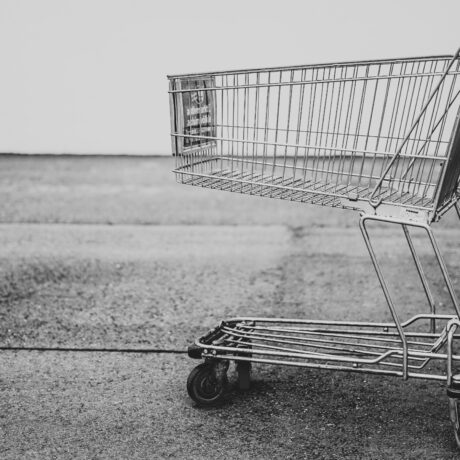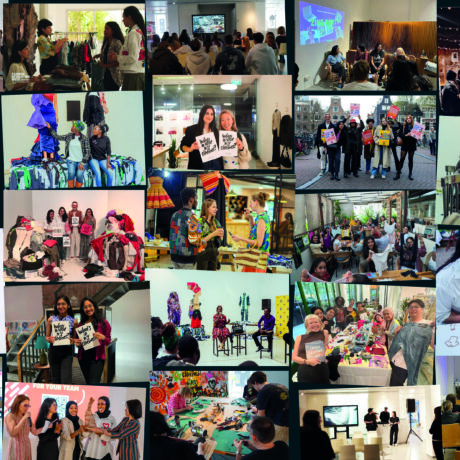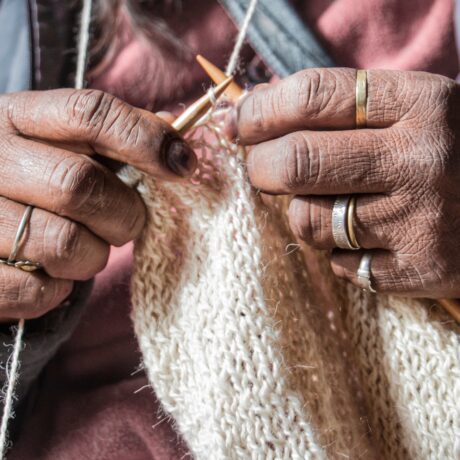Introducing The Garment Worker Diaries
The Garment Worker Diaries is a yearlong research project led by Microfinance Opportunities in collaboration with Fashion Revolution and supported by C&A Foundation. We are collecting data on the lives of garment workers in Bangladesh, Cambodia, and India. Fashion Revolution will use the findings from this project to advocate for changes in consumer and corporate behavior and policy changes that improve the living and working conditions of garment workers everywhere.
Dozens of beige colored garment factories line the streets on the outskirts of Phnom Penh. Ten-foot high walls, metal gates, and security checkpoints at the entrances guard the compounds. Early in the morning, garment workers who live nearby leave their homes—often a 70 square foot room with an accompanying toilet—and enter these factories by the thousands to begin their workday. For the next eight to 12 hours, they cut and sew clothes for major clothing labels, who sell the finished products to you and billions of other people across the globe. When the workers emerge, many complain of headaches and chronic pain in their arms and backs, aggravated by the repetitive motions of their work. They perform this routine six days a week, and for their work, the government of Cambodia mandates that factory owners pay them a minimum of $140 per month, or seventy cents an hour based on a 50-hour workweek. The situations in Bangladesh and India are similar. Hundreds of thousands of workers labor long hours in the hope of receiving the minimum wage, which is set at $68 and $105 per month respectively.
Labor rights advocates say that workers in Bangladesh, Cambodia, and India often receive less than the minimum wage. Even if they do receive the minimum wage, the advocates say, it may not be enough for workers who need to pay housing costs and provide themselves and their families with food, health care, and other necessities.
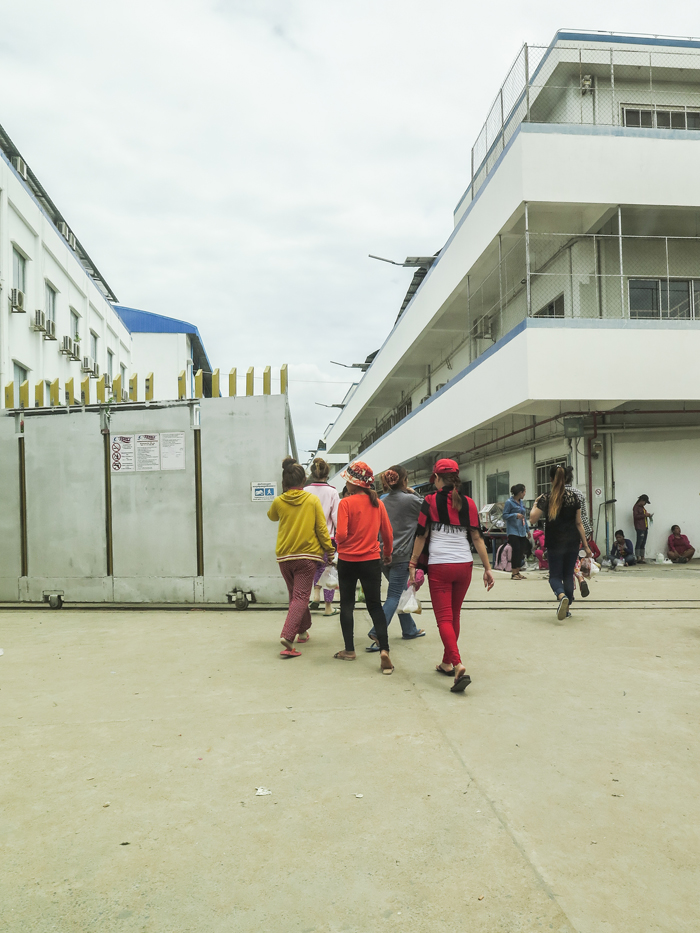
If their wages cannot cover their necessities, how do they survive? Where do they get the money to cover basic expenditures? Do they choose between sending money to their families in rural villages and buying enough food to feed themselves for the week?
What goes on behind those big, metal gates? Do their supervisors encourage or berate them when a major clothing order is due? How frequently do they experience chronic pain from their work? What do they do when they are injured?
We are overseeing field researchers who are asking these questions to 180 garment workers per country in Bangladesh, Cambodia, and India. During the next 12 months, interviewers will visit the same set of garment workers each week to learn the intimate details of their lives. They will ask the garment workers about what they earn and buy, how they spend their time each day, and whether they experience any harassment, injuries, or suffer from pain while at the factory. The interviewers will learn about important events that happen in the workers’ lives too—from birthday parties and weddings to illnesses and funerals for family members and friends.
This data is a treasure trove—imagine what you would learn about a person by asking her detailed questions about her life each week, every week, for an entire year. Our job as researchers is to analyze it objectively and provide answers to the questions of what happens behind those factory gates and, more importantly, what happens after the workers leave them.
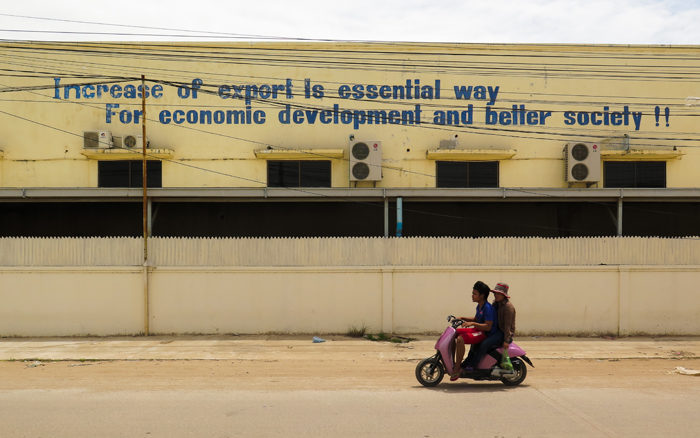
Our hope is that clothing companies, consumers, factory owners, and policy makers will be able to use the insights we identify to understand how the decisions they make affect garment workers’ condition. To this end, we are working with Fashion Revolution to get our data in front of change-makers who can influence the global clothing supply chain, the regulatory environment, and the social protections available to garment workers.
One of the most important agents of change is you—the consumer, the driver of trends and clothing orders. Over the course of the next several months, Fashion Revolution and our team will share findings from our project via social media, blogs, fanzines, reports, and exhibitions. We encourage you to stay informed of our work so that you too can be an advocate for the people who made your clothes.
Authors: Eric Noggle and Guy Stuart, Microfinance Opportunities
C&A Foundation is providing financial support for the Garment Worker Diaries. We are collaborating with Fashion Revolution to distribute the results. Our local partners are BRAC (Bangladesh), TNS (Cambodia), and Morsel Ltd. (India).





